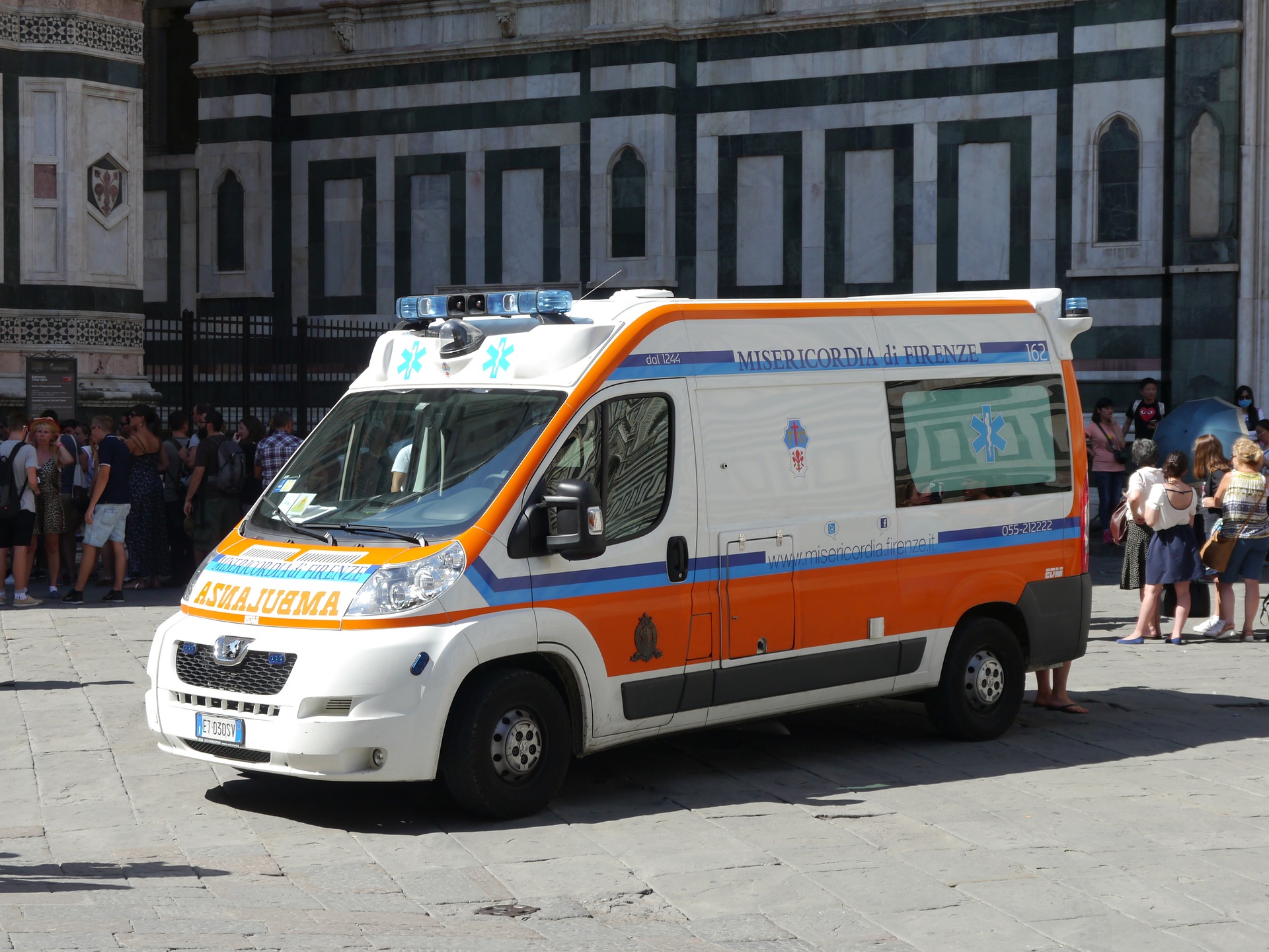The Devastating Effects Of Long Term Manual Handling Injuries
We all know someone that does or has suffered from a manual handling injury or has maybe even had to take an early retirement because of one which is why it’s so important these injuries are discussed.
Manual handling injuries usually occur when a paramedic needs to lift someone off the ground. This is usually done manually causing considerable strain and damage to the emergency worker’s musculoskeletal system.
There’s not only the severe physical consequences to be considered but also the physiological ones. A high number of emergency workers have to cope with the debilitating long-term effects associated with manual handling, which covers everything from cuts and bruises to musculoskeletal disorders. The consequences of repetitive lifting are numerous, from both a health and financial perspective.
We want to discuss the manual handling injuries that have the most serious long-term effects as we think it’s important to raise awareness on the impact they have on emergency workers’ and their everyday lives.

Musculoskeletal Disorders
The musculoskeletal system of the body includes muscles, ligaments, bones, joints, nerves, blood vessels, and tendons. When damage occurs to any of these parts due to gradual and repeated wear and tear, a musculoskeletal disorder can occur.
They’re usually divided into three main areas:
- Lower limb disorders
- Back pain and back injuries
- Neck and upper limb disorders
All of the above can be very debilitating and unfortunately, once a certain amount of damage has been done, can’t be fully repaired, leading to serious long-term effects for the person involved. They can cause widespread or localised pain, limit the person’s ability to move, cause constant aches and pains, swelling, stiffness in the entire body and extreme fatigue because of disturbed sleep.
The symptoms are very difficult to manage in everyday life and can limit or sometimes even stop a person from being able to work and continue normal activities. In fact, Health and Safety Executive (HSE) recorded that the total number of recorded work-related musculoskeletal disorders (WRMSDs) in 2015/2016 was an estimated 539,000 of which 176,000 were new cases. This also reveals how long-term the MSDs are as 176,000 are new cases, meaning around 363,000 are existing cases that have not yet recovered.
Mental Health Issues
When discussing manual handling injuries, the main topic of conversation is the physical effects they have on a person’s body. It’s important to remember, however, that these physical effects cause a knock on effect which causes physiological problems as well.
Long-term pain, fatigue, and stress can lead to anxiety and depression. Recent research published in the Journal of Occupational Rehabilitation has shown that many people who suffer from musculoskeletal disorders end up needing treatment for depression.
The researchers interviewed workers with musculoskeletal disorders at one, six and twelve month periods post-injury and found that almost 30% were receiving treatment for depression after twelve months.
Symptoms of depression can include, a continuous low mood, lack of physical and mental strength, disturbed sleep, changes in appetite and low self-esteem.
How to prevent manual handling injuries
It’s important to put correct manual handling practices in place to prevent long-term physical and physiological damage. By using the correct equipment you are able to provide a practical solution to preventing certain manual handling injuries from happening to emergency service workers.
The Mangar Camel and Mangar ELK emergency lifting cushions can help solve the problem of paramedics getting hurt whilst manually lifting someone off the floor. They can lift between 50-70 stone and are lightweight, portable, simple to use and take away the need to manually lift someone off the ground.
If you’re interested in finding out further information regarding the Mangar Camel or ELK or would like to request a free product please click here.
- August 21, 2017
- Advice
- Emergency Services
- News
- Patient Lifting
- Tips












